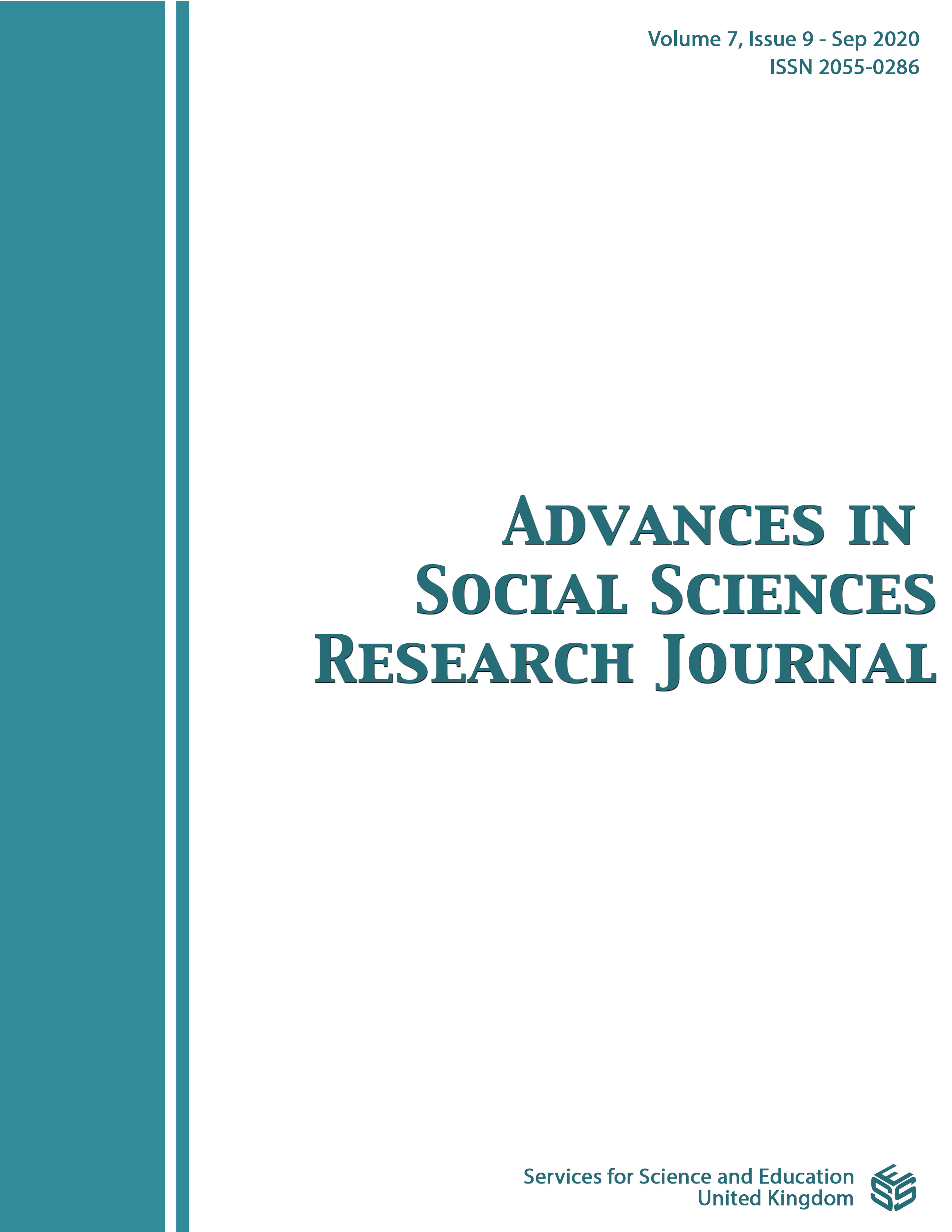Educational achievements in the OECD according to PISA 2018
DOI:
https://doi.org/10.14738/assrj.79.9076Abstract
We propose in this paper an approach to PISA outcomes intended to improve the descriptive power of summary statistics. We do so by computing separately the different parts of the outcome distribution of the PISA test. This is important because average values (or even dispersion measures) do not capture the fundamental asymmetries that appear across proficiency levels, especially regarding their tails (students below level 2 or in levels 5 and 6). We analyze the results of the OECD countries in PISA 2018, regarding reading comprehension. We show that the different measures that can be designed, aimed at assessing the extent of high, low and overall performance, differ from the conventional ones and give further insights on the structural differences between educational systems.
Downloads
Published
How to Cite
Issue
Section
License
Authors wishing to include figures, tables, or text passages that have already been published elsewhere are required to obtain permission from the copyright owner(s) for both the print and online format and to include evidence that such permission has been granted when submitting their papers. Any material received without such evidence will be assumed to originate from the authors.






